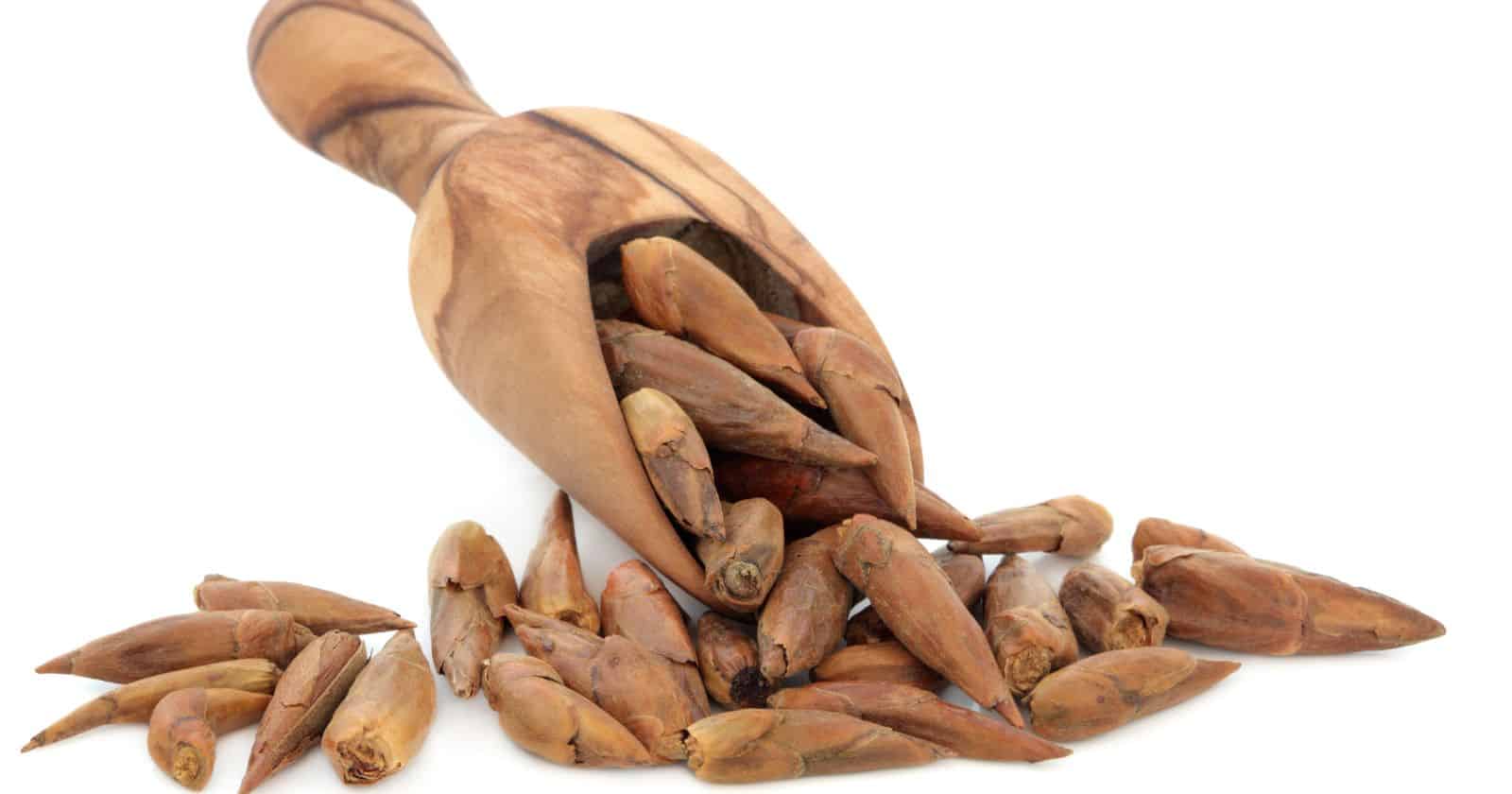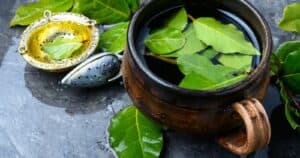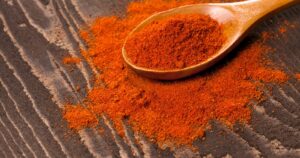Throughout history, people have used a variety of healing remedies to mitigate their physical and mental ailments.
One such remedy, which remains relevant today, is the Balm of Gilead. This centuries-old herbal remedy has been employed in traditional and modern treatments for various issues, from skin irritations to menstrual pain relief.
Balm of Gilead, made from the resin of the Mediterranean shrub Commiphora gileadensis, is known for its powerful healing properties, providing physical and spiritual relief.
In this article, we’ll look at this unique remedy’s features, uses, historical and biblical significance, and healing properties.
We’ll also cover how it is made using traditional methods, or you can make your own with explained steps, but if not possible, then its substitutes are also discussed in detail.
Historical And Biblical Significance Of Balm Of Gilead
The area of Gilead is known for its healing balm, the Balm of Gilead. This ointment is made from liquid rosin from local trees like poplar, pine, cypress, and cedar.
The identity of this tree is unknown, but it has been used as a healing ointment since biblical times. According to the Old Testament, Gilead was known for its physicians and an ointment from balsam for healing.
Balm of Gilead was a rare perfume used medicinally and mentioned in the Hebrew Bible. It was named after the region of Gilead, where it originated and grew in abundance.
In Genesis 43:11, Jacob sent a balm gift to Joseph as a sign of peace between them. A 2000-year-old seal has been discovered with the first known depiction of this renowned biblical plant known as bosem, balsam, or Mecca Balsam.
The Balm of Gilead has deep historical and biblical significance as it symbolizes hope, healing, and peace between people with disputes or opinions. When we think about this balm and its meaning, we are reminded that Jesus is our ultimate healer who brings us peace no matter our circumstances.
Different Varieties Of Balm Of Gilead
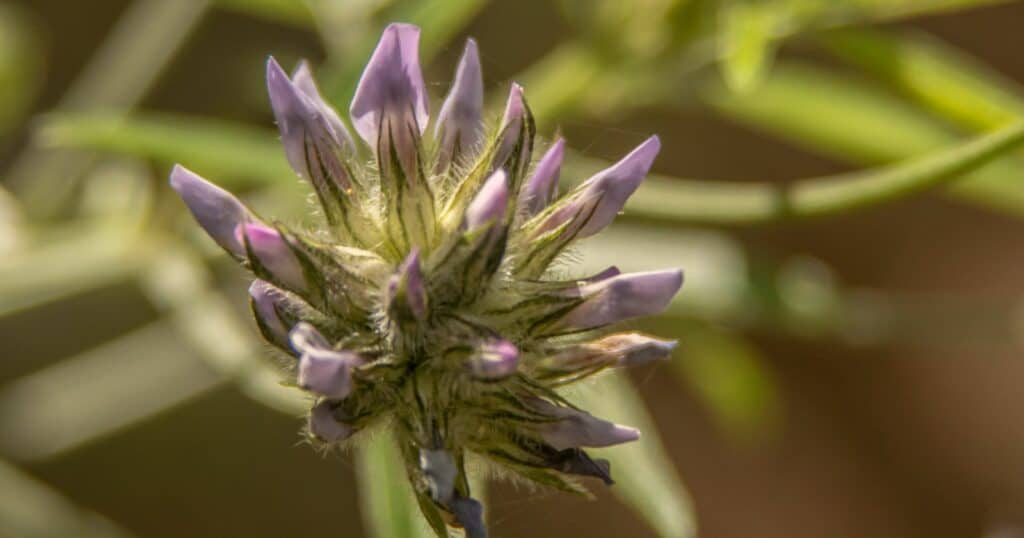
Balm of Gilead is a name applied to several plants, most commonly being a small evergreen tree called Commiphora gileadensis. This species is mentioned in the Bible and is believed to be native to the Middle East. In North America, the Balm of Gilead refers to a shrub known as Populus candicans.
The Balm of Gilead tree is a fast-growing deciduous tree that can reach 100 feet tall at maturity. It has an oval-shaped crown and thick branches, making it an attractive ornamental tree. The leaves are glossy green on top and silvery on the underside.
It produces fragrant flowers in spring and fruits in autumn, edible for humans but not animals. The bark has medicinal properties that can help treat skin conditions such as eczema and psoriasis and respiratory issues like asthma and bronchitis.
This species is believed to be a hybrid between Cimicifuga and Actaea species, or more specifically, Commiphora Opobalsamum, which belongs to the Burseraceae family. Regardless of its identity, Balm of Gilead has been used medicinally for centuries for its healing properties.
Healing Properties Of Balm Of Gilead
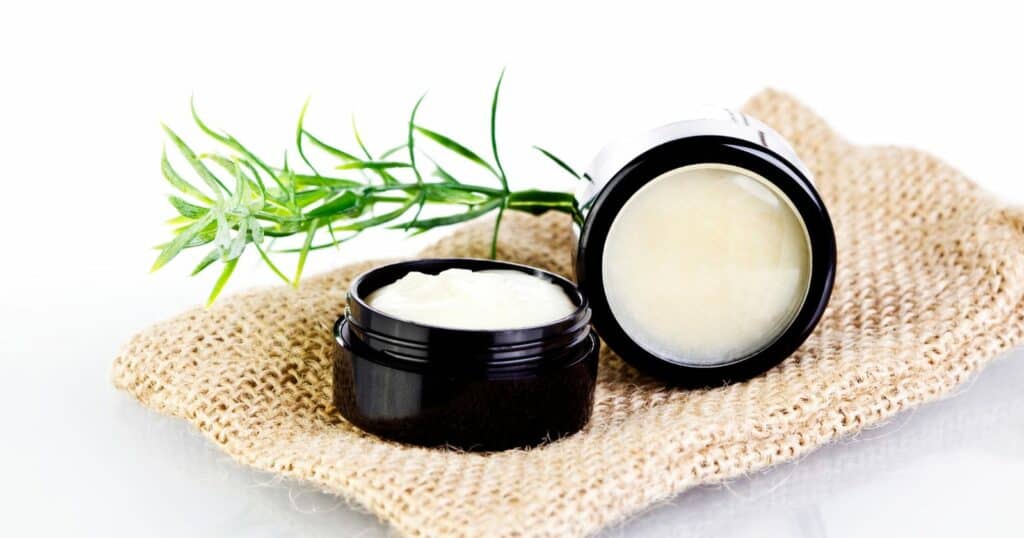
Balm of Gilead is an ancient salve or ointment made from the balsam poplar leaf bud sap. It has been used for centuries to soothe ailments of the mucous membranes, as an antidote to stings, bites, and allergies, as an astringent, and to heal wounds, prevent scars and treat skin conditions.
In some cultures, it is believed that carrying buds of Balm of Gilead can mend a broken heart and bring peace, calm, and happiness.
The healing powers of Balm of Gilead are not just physical but also spiritual. It is said to heal physical and spiritual wounds by providing comfort in times of sadness or grief. This salve has long been believed to soothe and heal various skin injuries, including cuts, burns, bruises, and insect bites.
Furthermore, it can be used as a natural remedy for headaches due to its anti-inflammatory properties.
For those seeking relief from physical or emotional pain or skin conditions such as eczema or psoriasis, Balm of Gilead may provide relief without harsh side effects associated with many topical treatments available today.
With its unique combination of healing properties – both physical and spiritual – Balm of Gilead should be considered when looking for natural remedies for health issues.
Traditional And Modern Uses Of Balm Of Gilead
The balm is a sticky red resin that can be used in incense or dissolved into oil during rituals. It has anti-inflammatory properties and can be used topically to soothe sore muscles, reduce inflammation, and treat skin conditions like eczema or psoriasis.
It can also be added to bathwater or used as an aromatherapy treatment to help relax the body and mind.
While Balm of Gilead has long been known as a natural remedy for minor ailments, modern research suggests that it may have additional health benefits, such as reducing stress and improving sleep quality.
For those looking for natural remedies to alleviate pain or discomfort, Balm of Gilead may be worth exploring further.
Substitutes for Balm of Gilead
Although the Balm of Gilead is no longer found in its natural form, it has been replaced by several substitutes that offer similar benefits.
These substitutes can be used as alternatives to the original balm to treat wounds and skin irritations.
Poplar Buds
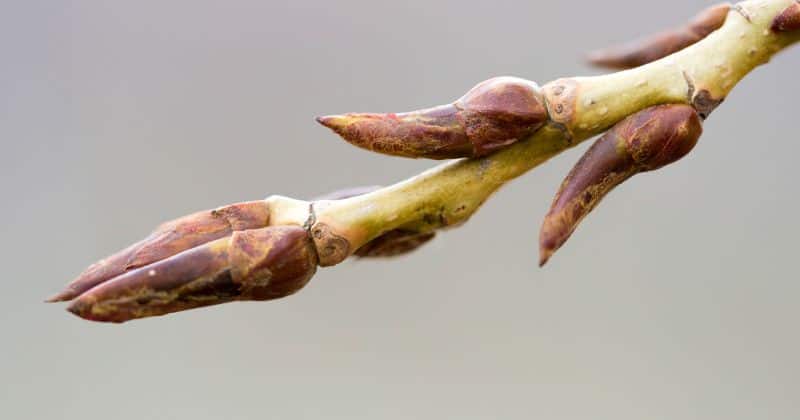
One popular substitute for Balm of Gilead is poplar buds. The herb has antiseptic, anti-fungal, and anti-inflammatory properties, making it a valuable component in alternative herbal medicine.
To make your Balm of Gilead with poplar buds, gather the buds and grind them into a fine powder using a mortar with a pestle. Afterward, create an ointment that can be applied topically to treat wounds and skin irritations.
Other Herbs
Lavender and chamomile flowers are other herbs that can be used as substitutes for the Balm of Gilead. These herbs possess natural healing properties and are widely used in various herbal remedies.
Like poplar buds, they can be ground into a fine powder to create an ointment that can be applied topically to treat minor skin irritations and wounds.
Making Your Own Balm of Gilead
While these substitutes may not have all the same benefits as the original Balm of Gilead, they still offer medicinal qualities that can help soothe minor skin irritations and wounds. By researching and preparing, you can make your own version of the balm using poplar buds or other herbs with similar properties.
Shake daily and strain in 4 weeks to get a potent, deep red medicine that can be applied topically for its healing properties.
With a little effort, you can create a natural remedy that will provide relief and promote healing without harsh chemicals or synthetic ingredients.
How To Make Balm Of Gilead
If you are looking for a natural way to treat skin irritations, burns, and wounds, making your Balm of Gilead can be an excellent solution.
This salve is made from the buds of the cottonwood tree and has been used for centuries due to its medicinal properties.
Here’s how you can make your own Balm of Gilead at home:
How To Make Balm Of Gilead
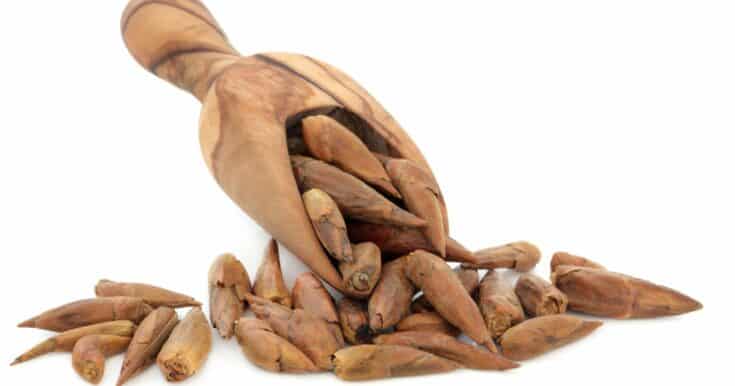
If you are looking for a natural way to treat skin irritations, burns, and wounds, making your Balm of Gilead can be an excellent solution.
This salve is made from the buds of the cottonwood tree and has been used for centuries due to its medicinal properties.
Materials
- 1 cup fresh cottonwood buds
- 1 cup olive oil
- 2 tablespoons beeswax
Instructions
- Begin by gathering the fresh cottonwood buds and placing them in a crock-pot or double boiler.
- Pour the olive oil over the buds and warm the mixture over low heat for several hours until the buds completely melt down.
- Once melted, stir in the beeswax at a 1:1 ratio with the oil until fully incorporated.
- Allow this mixture to steep for 2-4 weeks before straining out any remaining plant matter.
- Next, combine 1 cup of the infused oil with 2 tablespoons of beeswax in a separate bowl or container that can be placed over boiling water.
- Melt everything together until it becomes liquid again, and then pour the mixture into small containers such as lip balm tubes or tins for easy storage and use.
Now you have your own homemade Balm of Gilead, which can treat various skin irritations, cuts, and burns.
This natural remedy’s soothing and healing properties will provide relief to your skin without harsh chemicals or synthetic ingredients.
With this easy recipe, you can create your own natural remedy that will benefit your skin and overall well-being.
Do People Cook with Balm of Gilead?
No, Balm of Gilead is not typically used in cooking. It is used mainly for medicinal purposes due to its potent healing properties.
The balm is made from the resin of the Mediterranean shrub Commiphora gileadensis. It treats various physical and emotional ailments such as skin irritations, respiratory issues, inflammation, sore muscles, stress, and anxiety.
While some other herbs and spices are used in cooking that share similar names, the Balm of Gilead is not one of them.
Where to Buy Balm Of Gilead?
Balm of Gilead can be purchased at various health and wellness stores, herbal shops, and online retailers specializing in natural remedies.
However, it may be challenging to find an authentic Balm of Gilead due to its rarity and the fact that it is no longer found in its natural form.
Many products marketed as “Balm of Gilead” are made from other natural ingredients such as beeswax, olive oil, or essential oils. While these products may offer similar benefits, they are not the same as the original Balm of Gilead.
It’s essential to do your research and ensure that the product you purchase is authentic and made from the resin of Commiphora gileadensis.
When buying Balm of Gilead, be sure to look for reputable brands or retailers that specialize in natural remedies.
You can also consider making your own Balm of Gilead using substitutes such as poplar buds or other herbs with similar medicinal properties.
This way, you can ensure that the ingredients used are natural and of the highest quality.

